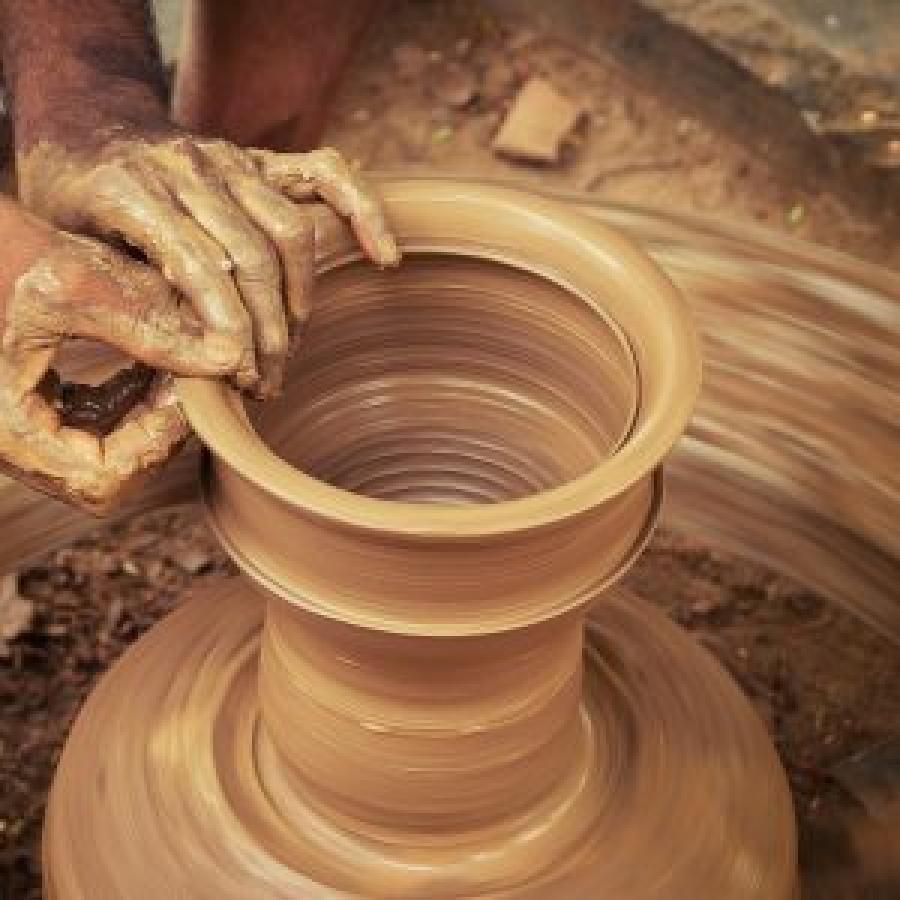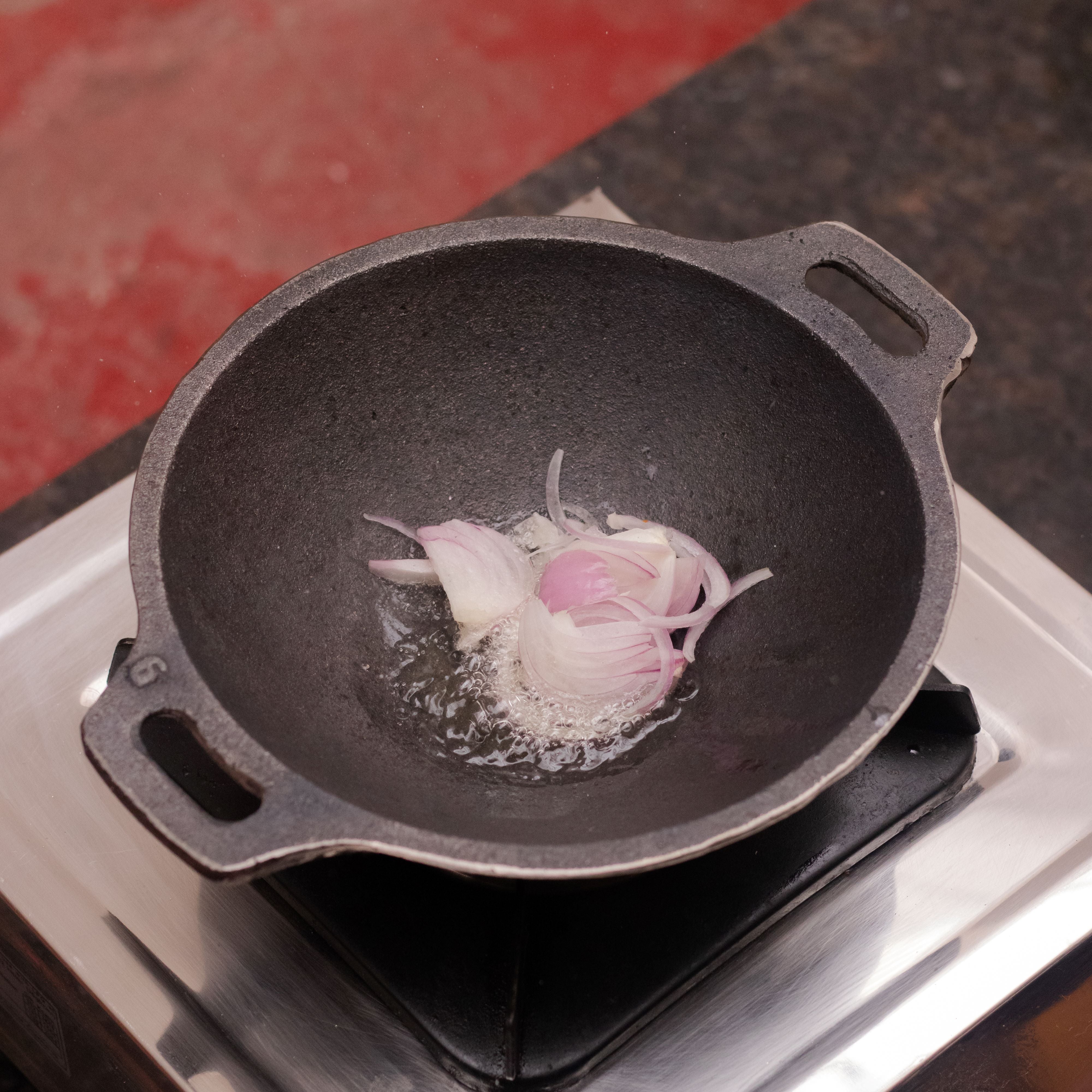We take maximum care in deciding what to cook for our family, and therefore, the utensil we’re cooking in also plays a great role in ensuring the nutrients are intact. Improving the quality of diet is one of the main reasons why we consider changing our cookware. Clayware is one of the most trusted and easily available utensils for healthy cooking. However, it may not always add to your family’s health, especially if it is not created the right way. Some points to know before buying a clayware are:
- Often clay ware are glazed in order to give a glossy look. Glazing clay can impact it in 2 ways:
- It closes the pores of clay and hence the benefits that clay offers from its natural porous nature is lost
- Most of the glazing is done using lead and this contaminates the cookware.
- Since clay vessels are hand-made, there could be errors in terms of clay not well integrated during the making process. This may lead to air pockets or minor internal cracks.
- To test the integrity of clay, tap the bottom of the vessel (not the sides) with knuckles. A 'metallic sound indicates good quality and a ‘thud’ sound indicates issues.
- There could be possible contamination in the soil from which clay is extracted. The contamination could also be from lead, arsenic, chromium etc. Ask for the source of clay and verify if any tests have been performed to eliminate these risks. Clay from delta regions are supposed to be rich in bio-minerals, Iron etc.
An ideal clay cookware is an unglazed, handcrafted with good quality rich clay by artisans with years of experience. Since clay cookware is available easily, care must be taken to ensure that it is sourced and made the traditional way. The traditional way of making clay cookware is the only eco-friendly method.
If you have more questions, read our Frequently Asked Questions about Clay Cookware to know more !
Also check our blog Guide to Clay Cookware !




Leave a comment
All comments are moderated before being published.
This site is protected by hCaptcha and the hCaptcha Privacy Policy and Terms of Service apply.